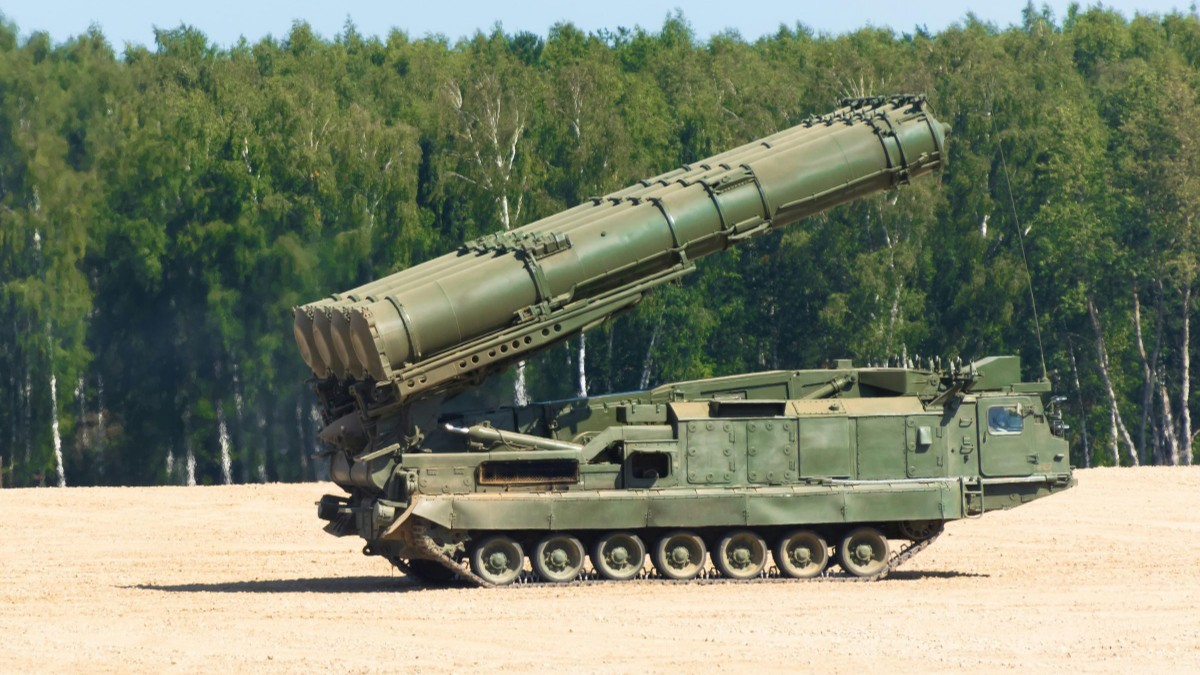The RS-26 Rubezh, also referred to as the SS-X-31 by NATO, is an IRBM of Russian origin and has recently been in news related to its deployment in military operations against Ukraine. It forms one of the chief technological developments for Russia in the strategic sector, as it melds the traditional concepts relating to ballistic missiles with modern advancements. The RS-26 reportedly features a possible dual-use capability, either a nuclear or conventional warhead.
Development and specification
Development of the RS-26 Rubezh began in 2008 at the Moscow Institute of Thermal Technology. It is a road-mobile, solid-fueled missile, further improving its survivability and deployment flexibility. The missile has an approximate length of 12 meters with a diameter of 1.8 meters and a launch weight of around 36,000 kg. It has a payload capacity of up to 800 kg, which could be either a single nuclear warhead or several independently targetable reentry vehicles-iced MIRVs.
RS-26 is basically an RS-24 Yars missile but with fewer stages, which for some reason makes it fall under ICBM with a shorter range classification. The operation range is estimated to lie within a bracket of 2,000 to 5,800 kilometers, hence being capable of targeting European capitals and the NATO forces effectively. Its first successful test launch took place in May 2012, and it demonstrated an ability to hit targets beyond 5,800 km.
Strategic implications
The RS-26 Rubezh is designed to create a strategic threat against NATO and European countries. According to the estimation of analysts, the deployment of such a missile would work as a deterrent to Western military support for Eastern European countries closer to Russia’s borders. The fact that the missile can be equipped both with nuclear and conventional warheads further complicates the strategic situation, since it blurs the boundary between conventional warfare and nuclear deterrence.
Apart from that, the missile has also been criticized based on the declaration of any type of violation of international treaties such as the INF. While it is constitutionally an ICBM (Intercontinental Ballistic Missile) under the terms of the New START Treaty, its testing history does call into question with relation to arms control agreements. RS-26’s capability of reaching ranges above the treaty limit attracted the close vigil of Western defense observers.
Recent use in Ukraine
Reports on November 21, 2024, showed that Russia launched an RS-26 Rubezh missile against cities in Ukraine, including Dnipro and Kryvyi Rih. This has been one of the first uses of the particular missile in offensive capability. The Ukrainian authorities stated the missile hit the Dnipro area with powerful strength but did not create catastrophic damage. Besides that, it injured quite a substantial number of civilians.
First of all, RS-26 is used here for the dual purpose of confirming its operating status, as well as changes in the nature of warfare. Whereas the analysts mentioned that conventionally it is associated with nuclear capability, this strike used a conventional warhead. Such a decision may be treated as part of the Russian strategy to escalate tensions without immediate nuclear confrontation.
